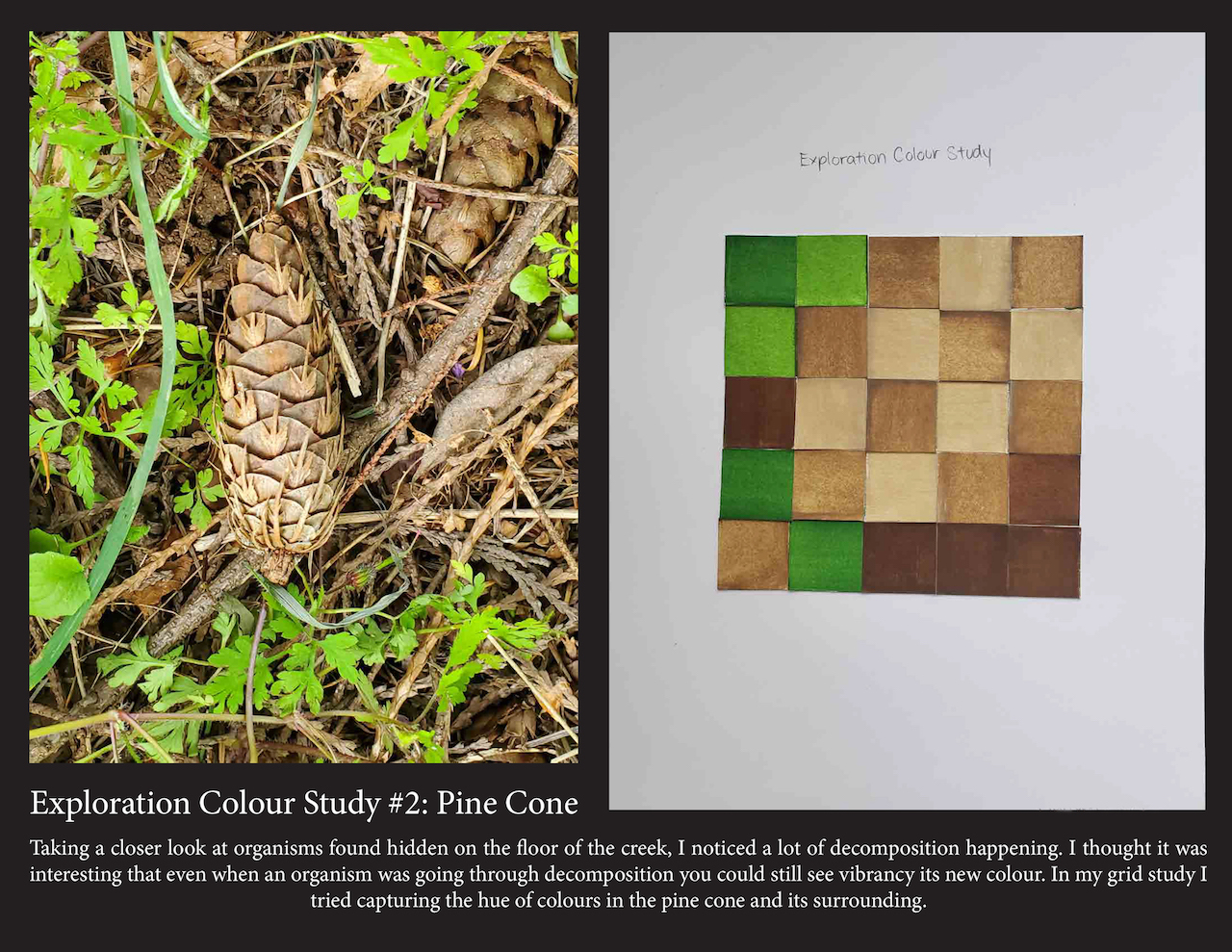Examples
Examples of Inquiry-based Practice
How do KPU faculty and instructional staff implement inquiry-based learning? From work-integrated learning, to exploring SDGs, to rock climbing, to going to the Amazon Rainforest, the examples are many and spread across the disciplines. Here are more than a dozen examples. They range from single activities that include one or two elements of inquiry-based learning (e.g., students choose the question/topic, or how they want to express/share their learning), to others that span the semester and incorporate many, or all, of the phases of inquiry. A one-sentence summary is provided for each.
-
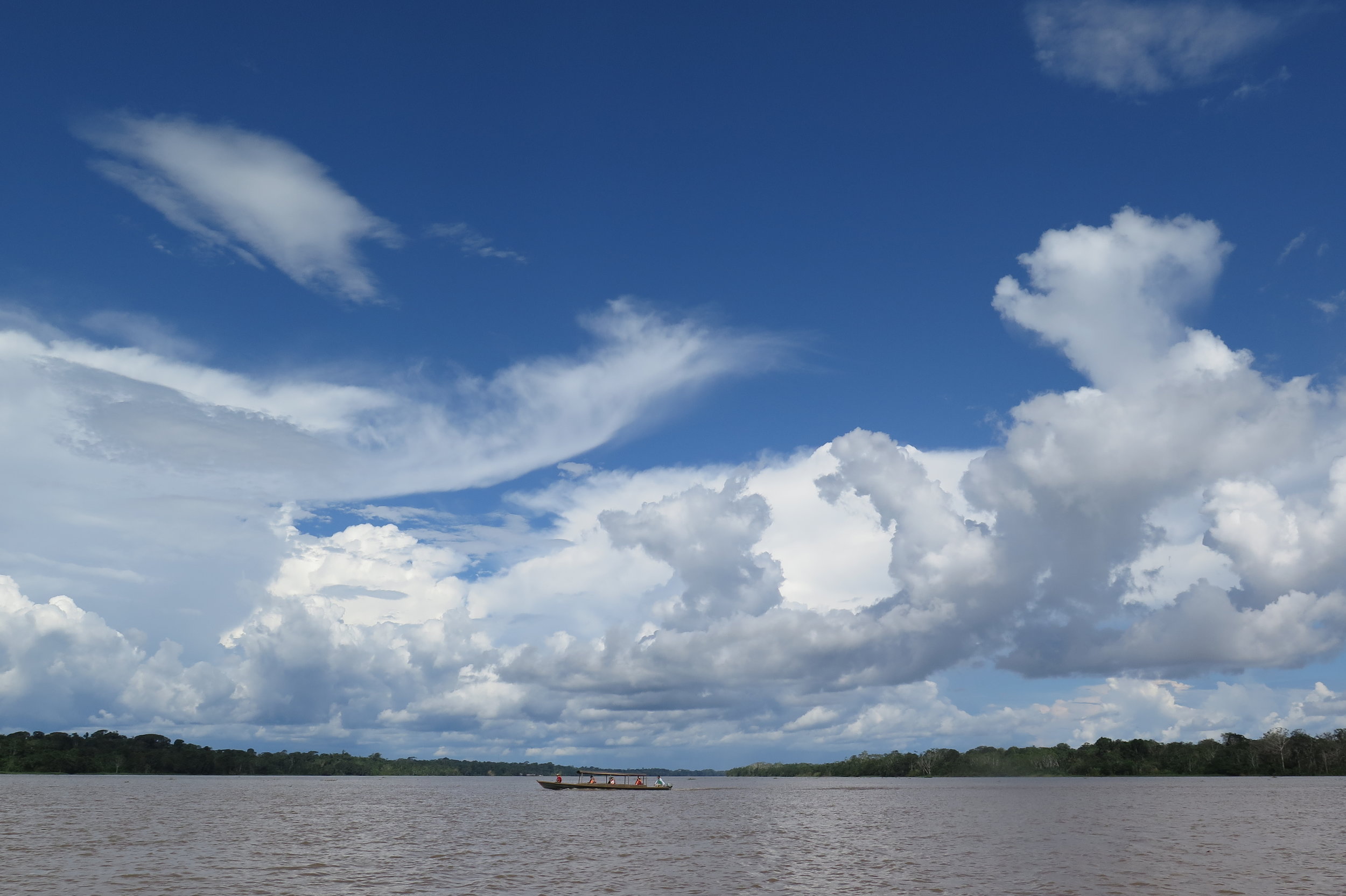
Amazon Interdisciplinary Field School
ARTS / DESN 3000: Field school students choose a topic for a semester-long project that they engage with, research/explore, and present on to the class.
-

Cognitive Ergonomics/Human Factors: Technology and Behaviour
PSYC 3950 / 4200: Example 1, Students do a website usability analysis. Example 2, Students select a problem at their workplace and propose and work on a solution.
-
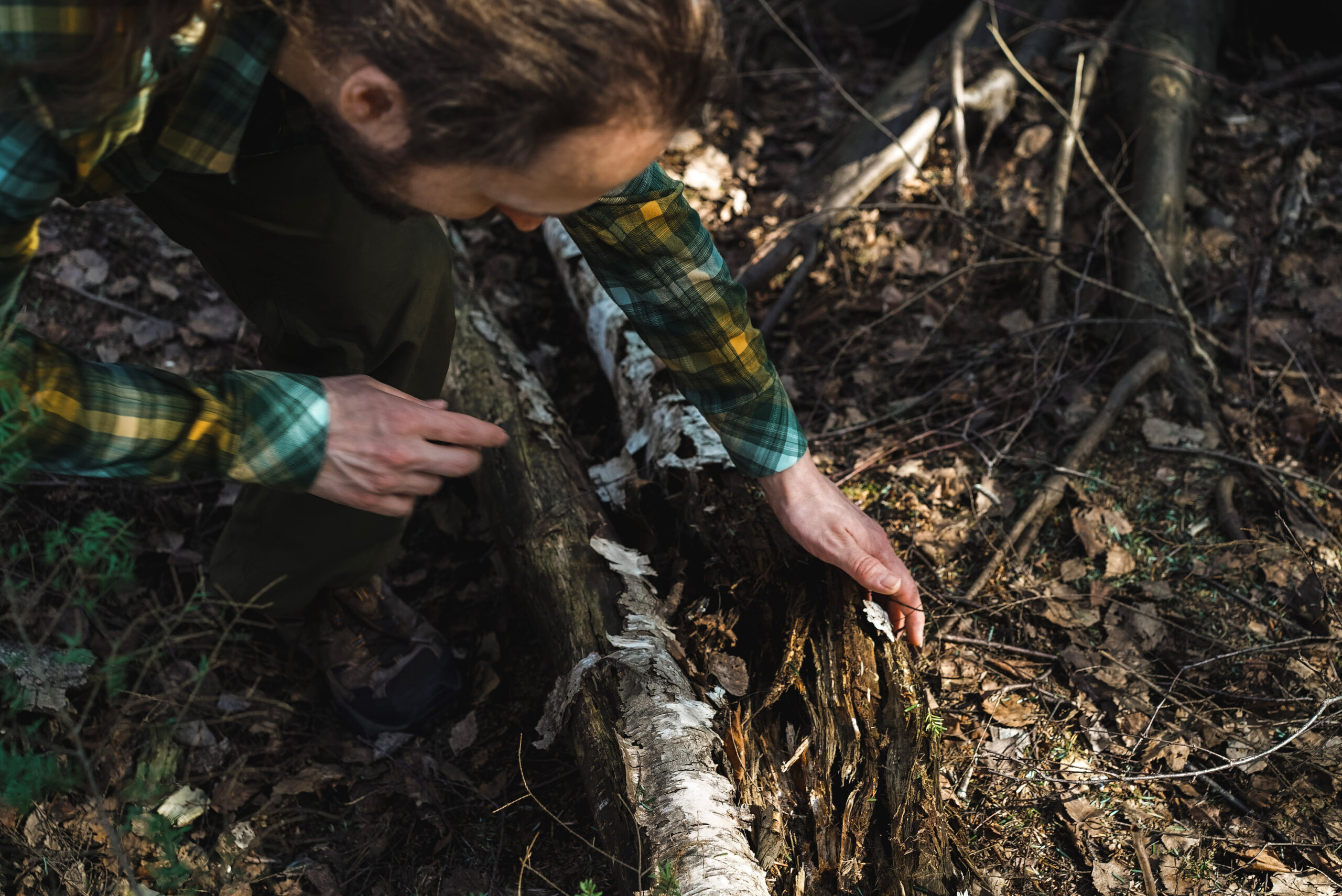
Creative Writing
CRWR courses: Take learners outside and encourage them to look and be attuned to these places, with each student seeing something unique to them.
-
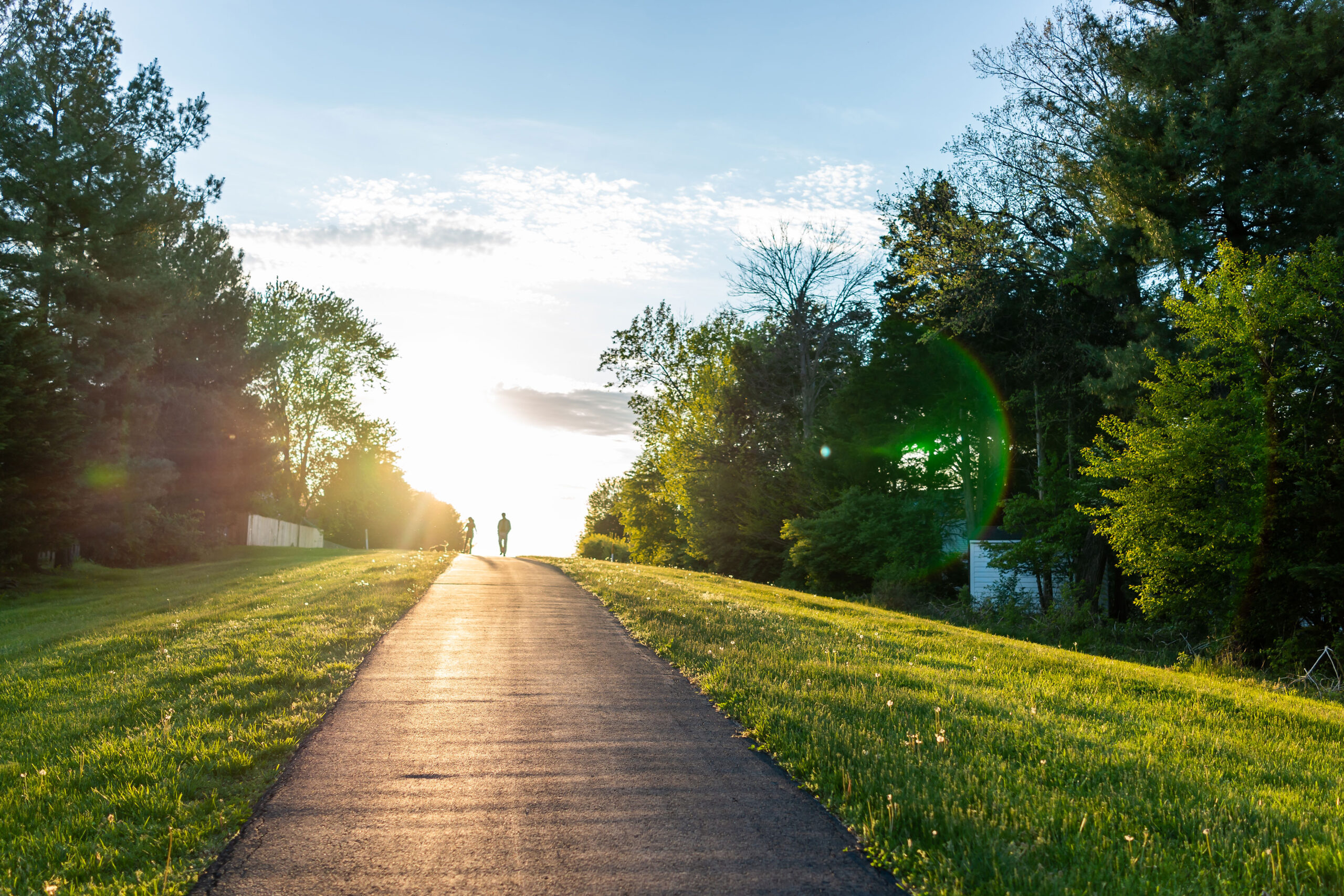
Creativity, Imagination and Innovation
IDEA 3100: Students choose a walk in their community that they repeat nine times, deepening their connecting to place and creative practice.
-
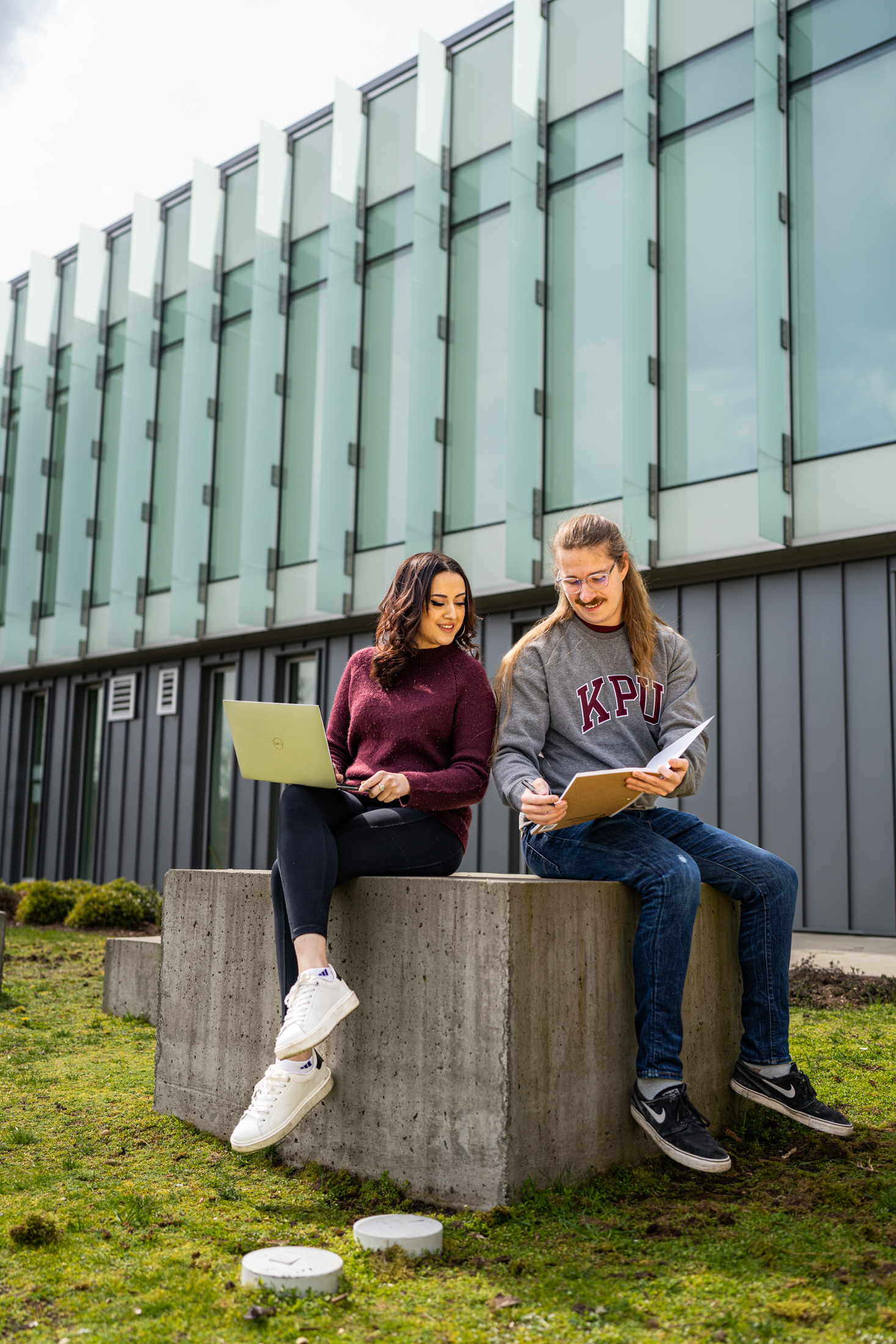
Honours Thesis
PSYC 5000/5010: Students propose a project idea, come up with a hypothesis, collect data using technology to make scenarios, and write a paper with results and conclusions that gets shared.
-
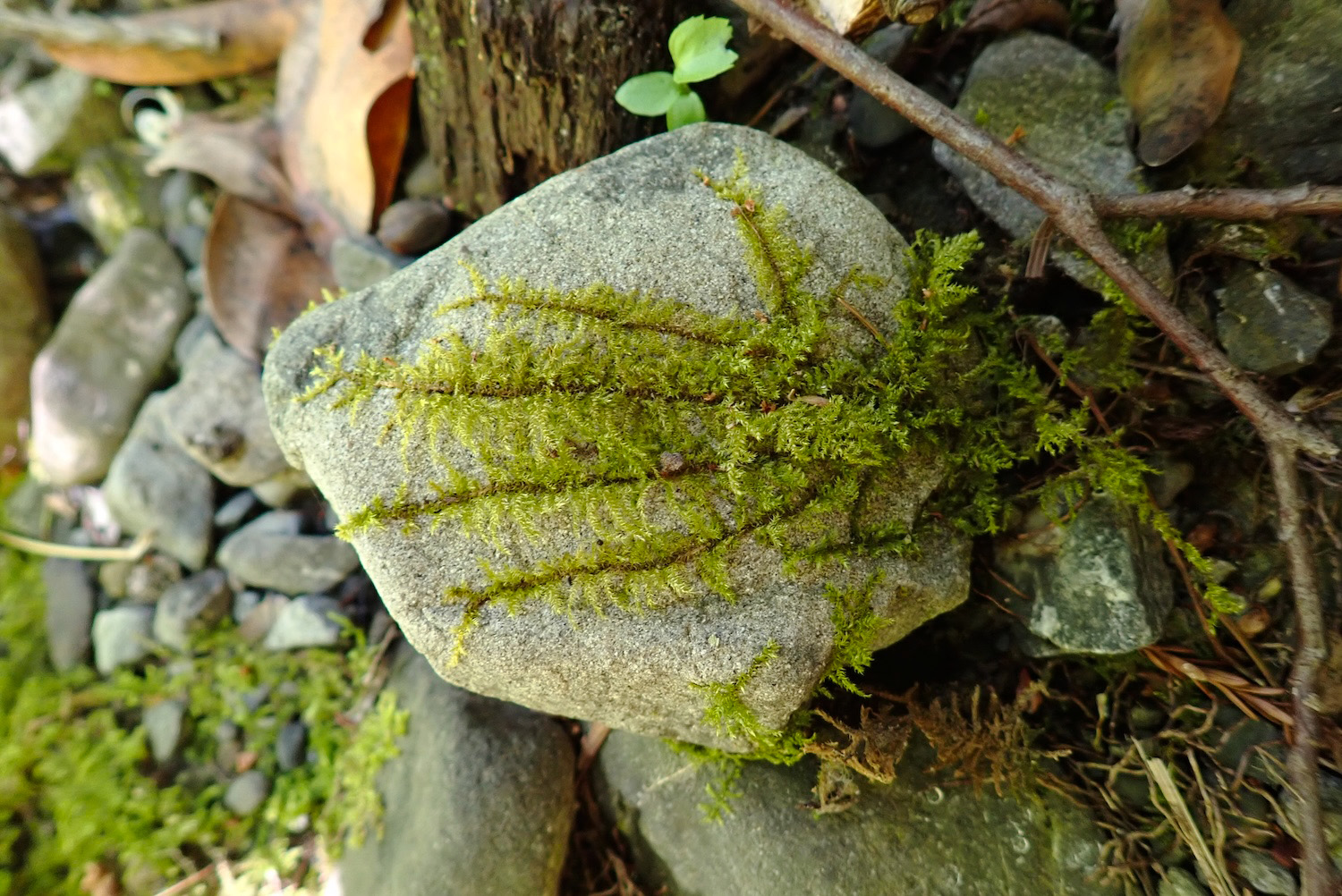
IDEA (Interdisciplinary Expressive Arts) courses
IDEA courses: Example 1, Students hold a rock in their hand and are asked an open-ended question. Example 2, Students engage with their community while exploring social justice topics.
-
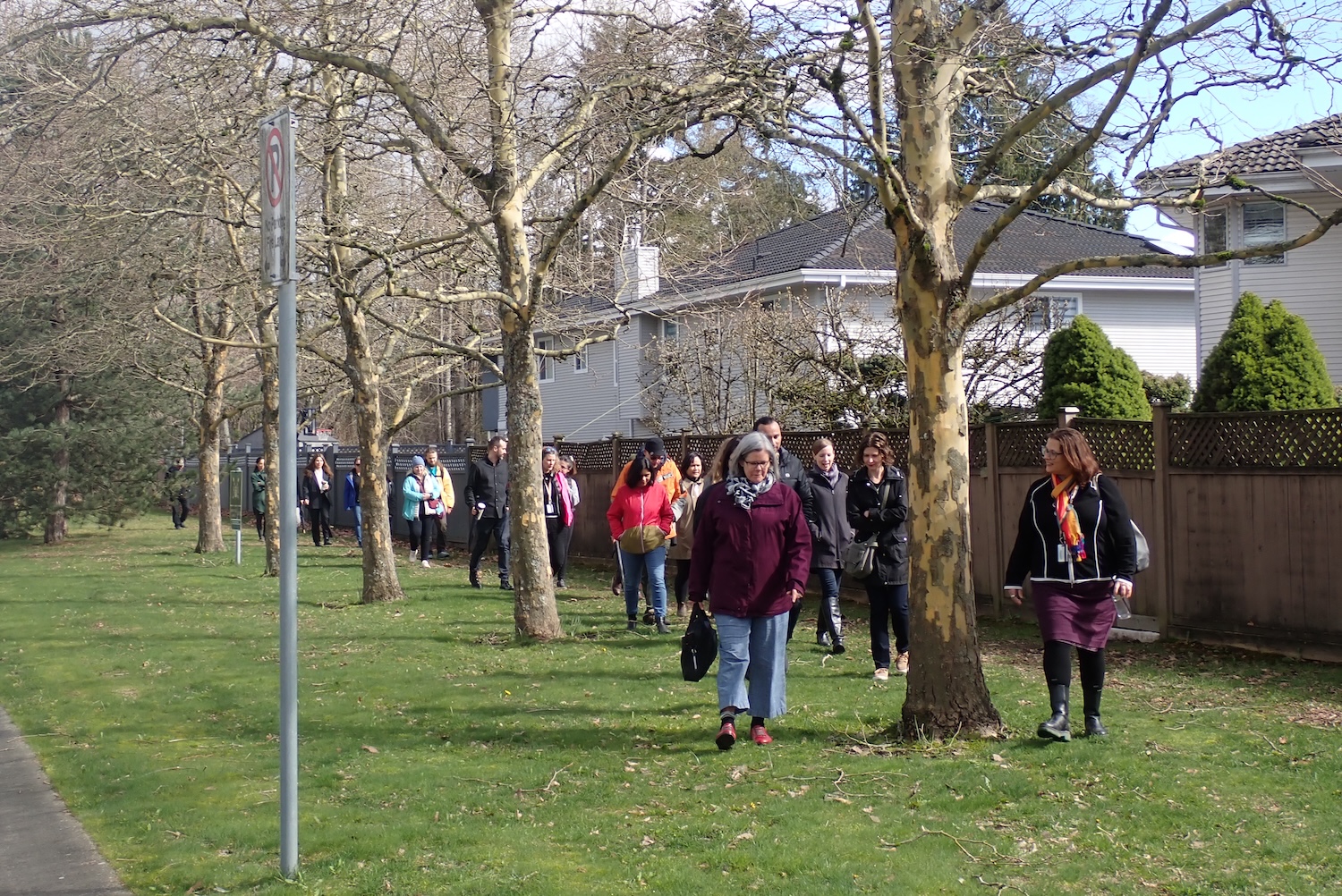
Inclusive Communities, Sustainable Futures
POST 1200: Students walk around the campus and document physical spaces and services, and share things that improved inclusion and those that were barriers to inclusion.
-
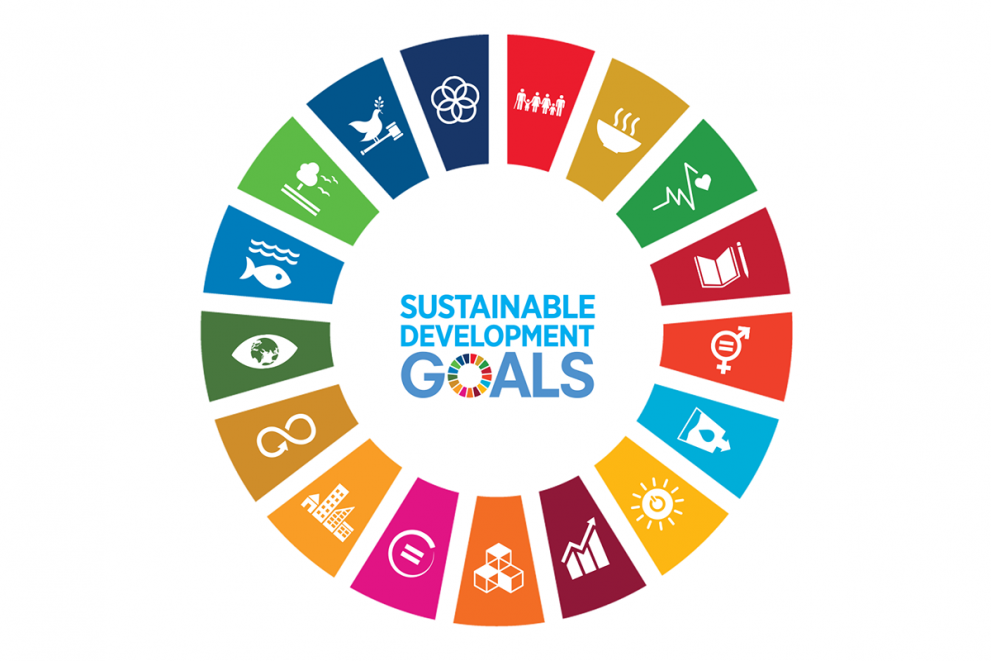
Intercultural Engagement in Practice
GLBL 2000: Student groups research a specific SDG, connect this to course concepts, and give a mini-presentation.
-
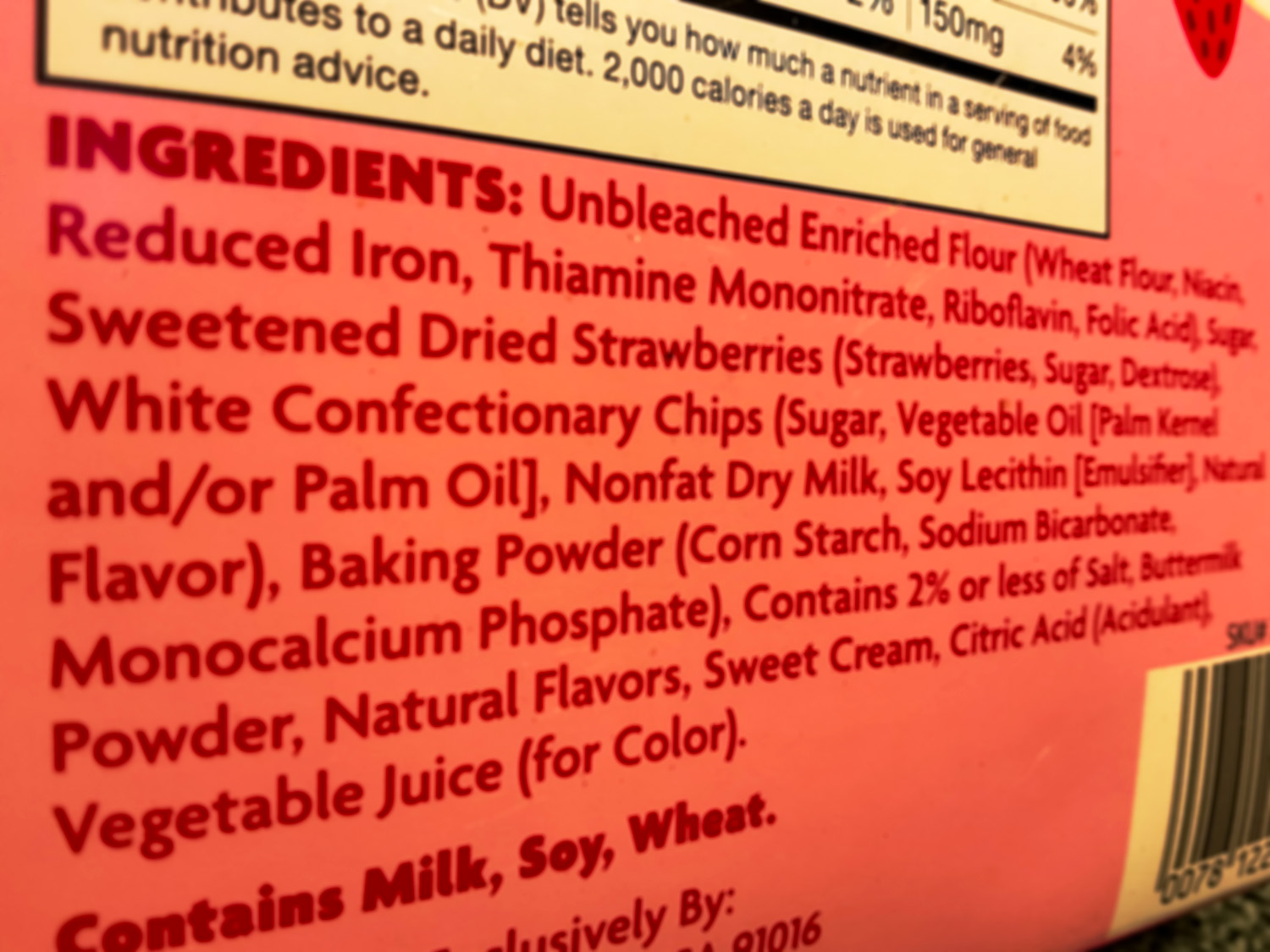
Introduction to Human Biology
BIOQ 1099: Students bring in the ingredient list of a food item they consume and connect the ingredients to the study of macromolecules and nutrition.
-

The Practice of Wellness
ARTS 2000: Learners go to an indoor rock-climbing center to find their own paths (literally) to explore risk, discovery, and self-motivation.
-
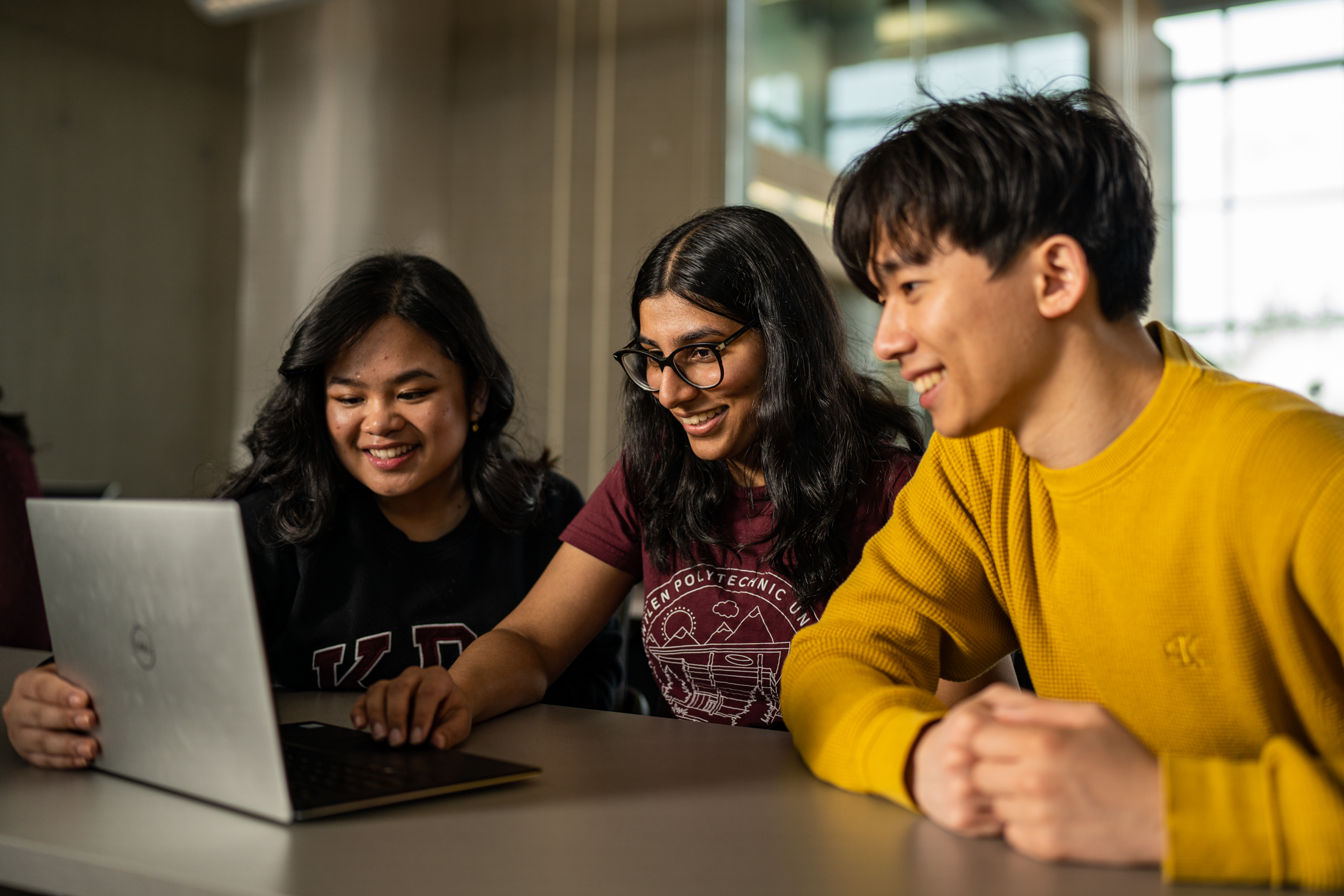
Writing in the Digital Age
ENGL 2300: Learners use skills such as rhetorical appeals and visual devices to persuade an audience to engage in social change, using their choice of form or media.
-

Amazon Interdisciplinary Field School
ARTS / DESN 3000: Field school students choose a topic for a semester-long project that they engage with, research/explore, and present on to the class.
-

Intercultural Engagement in Practice
GLBL 2000: Student groups research a specific SDG, connect this to course concepts, and give a mini-presentation.
-

The Practice of Wellness
ARTS 2000: Learners go to an indoor rock-climbing center to find their own paths (literally) to explore risk, discovery, and self-motivation.
-

Introduction to Human Biology
BIOQ 1099: Students bring in the ingredient list of a food item they consume and connect the ingredients to the study of macromolecules and nutrition.
-

Creative Writing
CRWR courses: Take learners outside and encourage them to look and be attuned to these places, with each student seeing something unique to them.
-

Writing in the Digital Age
ENGL 2300: Learners use skills such as rhetorical appeals and visual devices to persuade an audience to engage in social change, using their choice of form or media.
-

Creativity, Imagination and Innovation
IDEA 3100: Students choose a walk in their community that they repeat nine times, deepening their connecting to place and creative practice.
-

IDEA (Interdisciplinary Expressive Arts) courses
IDEA courses: Example 1, Students hold a rock in their hand and are asked an open-ended question. Example 2, Students engage with their community while exploring social justice topics.
-

Inclusive Communities, Sustainable Futures
POST 1200: Students walk around the campus and document physical spaces and services, and share things that improved inclusion and those that were barriers to inclusion.
Check out the blog post from Catherine Chow
Have an example of inquiry-based learning that you want to share?

